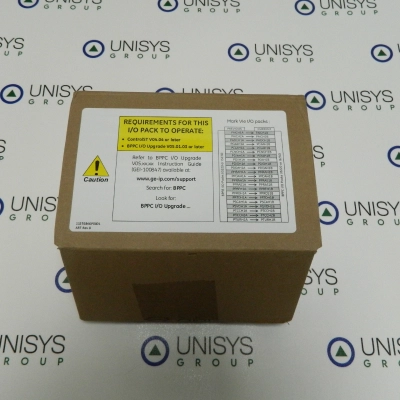


IS200VRTDH1C is an RTD Processor Board manufactured by General Electric as part of the Mark VI Series used in gas turbine control systems. There are 16 three-wire RTD inputs on the Resistance Temperature Device (RTD) processor board (VRTD). The RTD terminal board is wired to receive these inputs (TRTD). Additionally, a DRTD DIN-type terminal board may be connected. The terminal board is connected to the VME rack, which holds the VRTD processor board, through cables with molded fittings. The signals produced when the RTDs are excited by the VRTD are then returned to the VRTD. The inputs are converted to digital temperature values by the I/O processor board, which then sends those readings across the VME backplane to the VCMI and ultimately to the controller.
INSTALLATION:
OPERATION:
Each RTD is provided with a 10 mA dc multiplexed excitation current from VRTD via the terminal board (not continuously). As a result, the VRTD receives the signal. The VRTD board's VCO type A/D converter makes use of sampling counters and voltage to frequency converters. When scanning in normal mode or in fast mode, the converter samples each signal and the excitation current four times every second and 25 times every second, respectively, with a time sample interval based on the frequency of the power system. The digital signal processor utilizes software to conduct linearization for a choice of 15 RTD types.
By using out-of-range values, RTD open and short circuits are found. To avoid damaging effects on other input channels, an RTD that is found to be outside of hardware restrictions is deleted from the scanned inputs. After 20 seconds, repaired channels are automatically restored unless manually restored beforehand. Inputs from three VRTD boards in the R, S, and T racks are fanning out to give redundant RTD inputs for TRTDH1B. Although the inputs comply with the same environmental, coding, resolution, suppression, and function requirements as the TRTDH1C terminal board, the quick scan is not accessible.
High-frequency decoupling to the ground is included at signal input for all RTD signals. In order to prevent any RTD signals in the control database from being lost due to the loss of a single cable or VRTD, redundant pacemakers are used to coordinate RTD multiplexing on the VRTD boards. When R is reading RTD3, S is reading RTD5, T is reading RTD7, and so on. VRTD boards in R, S, and T read RTDs simultaneously but are skewed by two RTDs. This prevents the same RTD from being excited by two VRTDs at once and leads to inaccurate readings.
A full-scale input range of 0.3532 to 4.054 V is supported for RTD inputs.
DIAGNOSTICS:
The VRTD front panel's three LEDs at the top display status data. Normal RUN conditions are flashing green, while FAIL conditions are solid red. When a diagnostic alert condition is present on the board, the third LED, which is typically off, turns steadily orange. Hardware limit checking and system limit checking are two diagnostic check kinds that are applied to all inputs, and they are as follows: